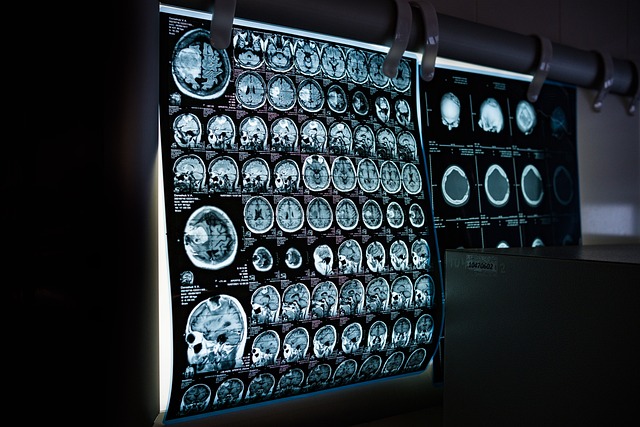Explore the Path to Becoming an X-Ray Technician: Essential Training Insights and Career Opportunities
The field of radiologic technology offers a rewarding career path for those interested in healthcare and medical imaging. X-ray technicians, also known as radiologic technologists, play a crucial role in diagnostic healthcare by capturing internal images that help physicians diagnose and treat patients. This comprehensive guide explores the educational requirements, training pathways, and career opportunities available to aspiring X-ray technicians.

What Educational Requirements Must X-Ray Technicians Meet?
The journey to becoming an X-ray technician typically begins with completing an accredited radiologic technology program. Most employers require a minimum of an associate degree, which takes approximately two years to complete. These programs combine classroom instruction with clinical training and must be accredited by the Joint Review Committee on Education in Radiologic Technology (JRCERT). Some technicians choose to pursue bachelor’s degrees for advanced career opportunities.
What Core Skills and Daily Responsibilities Define the Role?
X-ray technicians must develop a diverse skill set that combines technical expertise with patient care. Daily responsibilities include:
-
Preparing and positioning patients for imaging procedures
-
Operating sophisticated imaging equipment
-
Following safety protocols to protect patients and staff from radiation exposure
-
Maintaining detailed patient records
-
Collaborating with healthcare teams to ensure quality diagnostic images
-
Providing comfortable and professional patient care
Which Training Components Are Essential in X-Ray Programs?
Comprehensive X-ray technician programs typically include:
-
Anatomy and physiology
-
Radiation physics and protection
-
Image production and evaluation
-
Patient care and positioning
-
Medical terminology
-
Clinical practicum experience
-
Equipment operation and maintenance
-
Digital imaging technology
-
Healthcare ethics and communication
What Career Advancement Opportunities Exist?
X-ray technicians can pursue various specialization paths and advancement opportunities:
-
Computed Tomography (CT) scanning
-
Magnetic Resonance Imaging (MRI)
-
Mammography
-
Cardiovascular-Interventional Technology
-
Management and administrative roles
-
Education and training positions
| Program Type | Duration | Estimated Cost Range | Career Outcome |
—|—|—|—
| Associate Degree | 2 years | $6,000 - $25,000 | Entry-level X-ray Technician |
| Bachelor’s Degree | 4 years | $15,000 - $40,000 | Advanced Positions/Specializations |
| Certificate Program | 1-2 years | $3,000 - $15,000 | Limited Scope X-ray Tech |
| Specialization Training | 6-12 months | $2,000 - $10,000 | Specialized Technologist |
Prices, rates, or cost estimates mentioned in this article are based on the latest available information but may change over time. Independent research is advised before making financial decisions.
What Are the Latest Technology Trends in Medical Imaging?
The field of radiologic technology continues to evolve with technological advancement. Current trends include:
-
Artificial Intelligence integration in image analysis
-
3D imaging and reconstruction
-
Digital radiography systems
-
Portable X-ray devices
-
Cloud-based image storage and sharing
-
Advanced dose reduction techniques
Where Do X-Ray Technicians Typically Work?
X-ray technicians find employment in various healthcare settings:
-
Hospitals and medical centers
-
Outpatient imaging centers
-
Orthopedic clinics
-
Urgent care facilities
-
Mobile imaging services
-
Physician offices
-
Veterans’ hospitals
-
Sports medicine facilities
This article is for informational purposes only and should not be considered medical advice. Please consult a qualified healthcare professional for personalized guidance and treatment.



